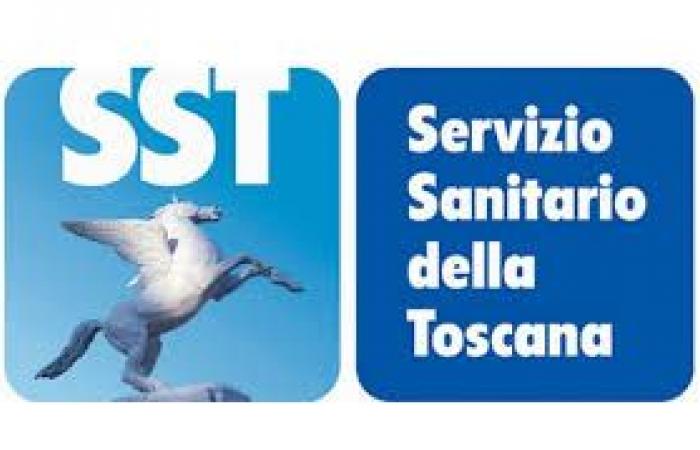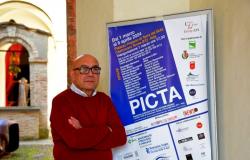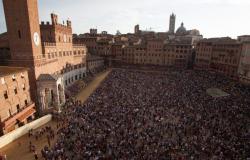She underwent percutaneous gallstone removal surgery before undergoing surgical removal of the gallbladder. The surgery was performed by Dr. Nico Old Men of Dr.’s team Pasquale Petruzzidirector of the UOSD Interventional Radiology Saint Donatus of Arezzo.
“The lady, a 69-year-old woman, could not be treated endoscopically due to a previous gastric diversion surgery for obesity – explains Dr. Nico Attempati – However, the patient needed to proceed with the removal of the stones and the alternative was a surgical choledochotomy, an intervention not without risks. Therefore we decided to proceed with the removal of the gallstones percutaneously”.
The surgery was a complete success and the lady returned for a check-up a month later.
«To perform the procedure – explains Dr. Attempati – the internal-external biliary drainage was preliminarily positioned, performed under ultrasound guidance».
“Biliary drainage – continues Dr. Attempati – has the purpose of transporting bile upstream and downstream of the stone in order to reduce bilirubin levels and to cleanse the area of any bacterial superinfections. After positioning the drainage, we performed bilioplasty, which consists of performing passages with a balloon catheter in order to break up the stones so that the fragments can be subsequently expelled. A procedure that had only partial success due to the large size of the stone and which, two weeks after the first intervention, required a subsequent treatment of percutaneous lithotripsy, i.e. crushing of the stone. The treatment involved positioning, in the same location as the previous internal-external biliary drainage, a probe with at least 3 inputs: one equipped with a camera, one for work and one for washing with saline solution”.
“The microcamera – adds Dr. Pasquale Petruzzi – allowed us to identify the larger stones that, through the working chamber, were bombarded with a hydraulic system and chopped into small dimensions so that they could be subsequently expelled. The procedure lasted about 40 minutes and was performed successfully. At the end, a new drainage catheter was positioned to clean the bile duct”.
The patient was discharged the day after treatment by Dr. Petruzzi’s team and returned to the hospital 7 days later to undergo cholecystectomy. Five days later the biliary drain was also removed and the patient returned home without symptoms or complications.
«Percutaneous lithotripsy is a valid treatment – concludes Dr. Petruzzi – minimally invasive and with few complications that can allow the treatment of common bile duct stones in patients who are not candidates for endoscopic maneuvers».






